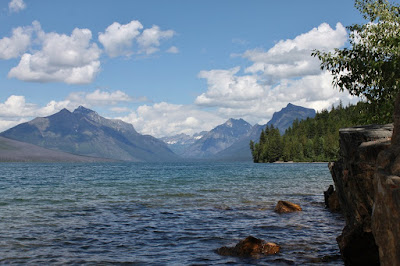If this were only a sunup and sundown world, with no
harsh light in-between, the nighthawks would own it. They appear in the warm summer half-light
hours, pirouetting from clouds and threading through trees. Nighthawks are quick beyond measure. They seem almost as if ricocheting off
invisible walls in the sky as they abruptly veer in all directions while chasing
after insects. At times, they will fold
their wings and freefall from the sky—calling off the dive only an instant
before crashing to the ground with a loud hooowuuuuush
as they unfurl to rebound back into lateral flight once again.
Where I live, nighthawks are the last birds to return
from wintering. I have seen them here only
in the last two weeks. These birds
winter in the tropics of South America and undertake one of the longest
migrations of North American birds to reach all the way through the United
States and into Canada.
According the Cornell Lab of Ornithology, fossil
specimens of nighthawks dating back as far as 400,000 years have been found in
the United States. They are not opposed
to showing up outside of their normal range.
Sightings of the birds have been recorded in Iceland, Greenland, and on
occasion, the British Isles.
Sadly, nighthawk populations are is steep decline. The North American Breeding Bird Survey notes
that, between the years 1966 and 2010, the population of nighthawks declined by
2 percent every year. This amounts to a
cumulative drop in population of nearly 60 percent. Threats to their population include reduction
in mosquitoes and other aerial insects due to the use of pesticides and loss of
habitat.
Nighthawks are particularly vulnerable to being struck
by automobiles as they forage the morning and night skies for insects. Nighthawks nest on open ground and tend to
roost on roadways at night. I have had many
close encounters with roosting nighthawks while driving out from my house along
the ranchland roads in the predawn. Fortunately,
I have never struck one. Declines in
urban nighthawk populations has been attributed to the loss of flat gravel
rooftops (replaced with new membrane roofing systems), which made ideal nesting
spots for the birds. Some people have
created nesting habitat on new membrane roofs by placing gravel pads in the
corners.
As the sun softly crashed into the Rocky Mountains
last night, I watched several nighthawks deflecting from cloud to cloud in
sunset sky above the lake. I am pleased
to share my sky with them for one more summer.
After all, the sky is my garden.
--Mitchell
Hegman
Illustration: Wikipedia
























